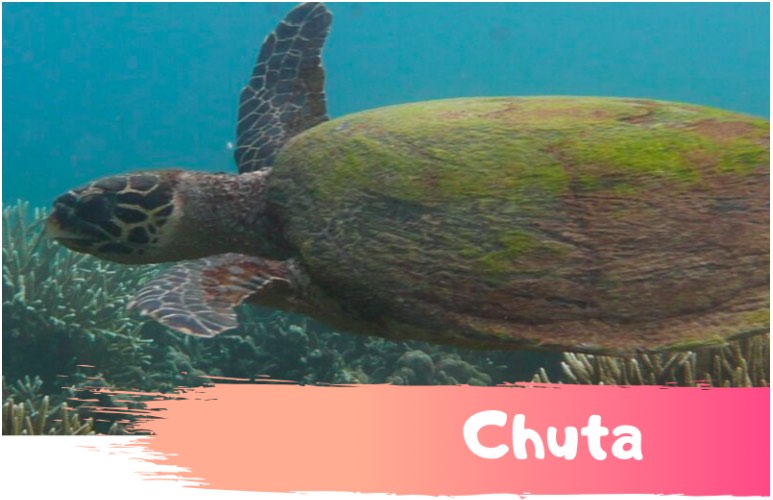Sea turtles come on land to lay their eggs
Like their name suggests, sea turtles really do spend most of their lives in the sea. However, they are born on land.
A mother sea turtle will come on land when she is ready to lay her eggs. She will dig a hole on a beach. She will lay her eggs in the hole and then return to sea. The eggs incubate in the sandy hole and hatch there.
After hatching, the baby sea turtles dig themselves out of their nursery hole and make a dash to the water to start their lives in the sea.
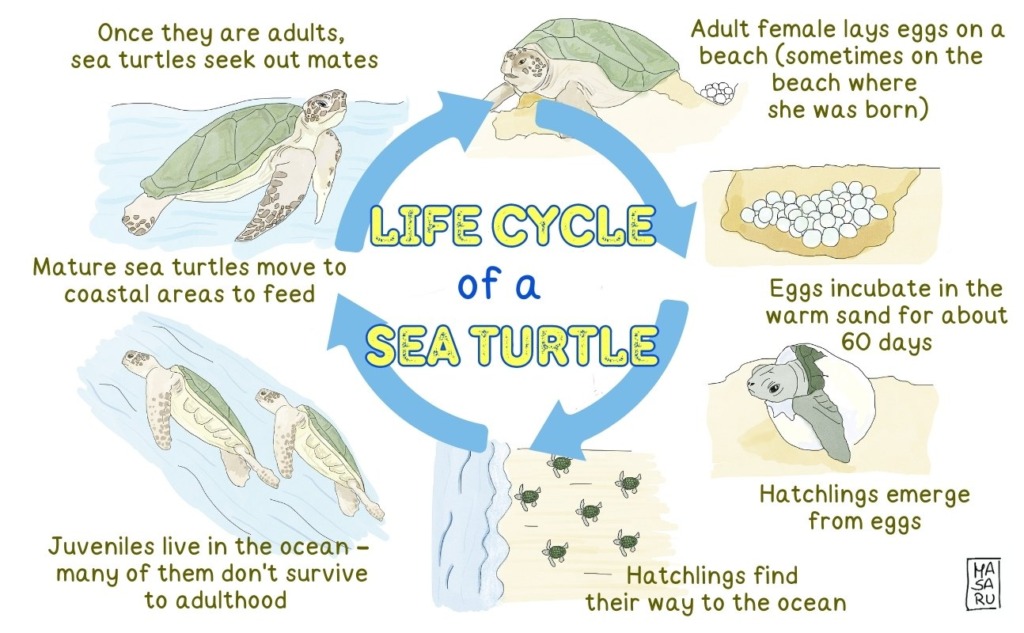
We need to share our beaches with sea turtles
One conservation challenge for sea turtles is that humans like to hang out at the same beaches where turtles lay their eggs. Turtle nesting beaches may be built up with beach houses, hotels, and shops. When this happens, sea turtle mothers don’t have a safe place to lay their eggs. This is a challenge to sea turtles all around the world.
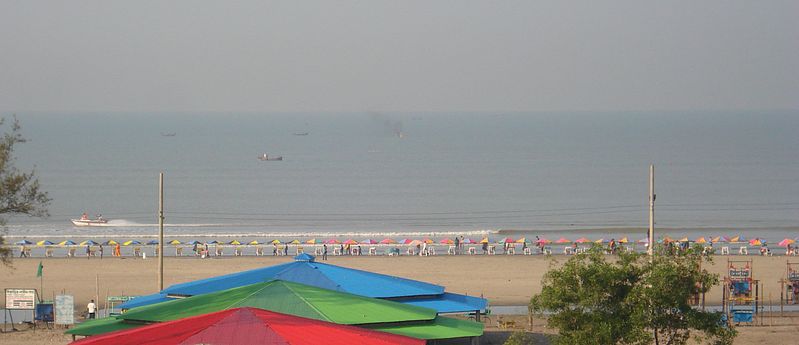
The beaches and waters of Bangladesh are important sea turtle habitat
Bangladesh is a country in South Asia, on the Bay of Bengal.
Of the seven sea turtle species, five occur in the waters off Bangladesh: the olive ridley turtle, green turtle, hawksbill turtle, loggerhead turtle, and leatherback turtle. But only the first three of these species come ashore to nest in Bangladesh.
Olive ridley hatchlings:
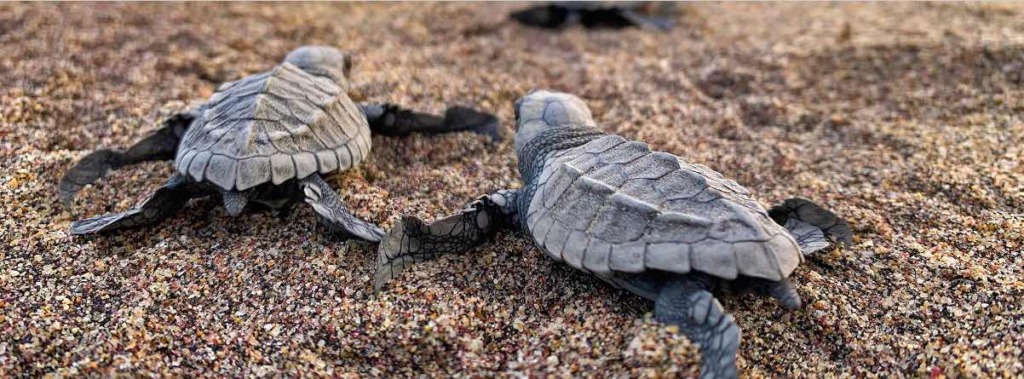
The olive ridley turtle is the main sea turtle that nests here. The species’ key nesting grounds in Bangladesh are small islands off the southeastern district of Cox’s Bazar.
In the Cox’s Bazar region, adult female turtles lay their eggs on the beach in the dark of night. The baby olive ridley turtles usually hatch from November to April.
The olive ridley turtle is listed as vulnerable on the IUCN Red List. The IUCN Red List is the globally recognized list of endangered species.
Conservation actions are helping olive ridley turtles in Bangladesh
In 2015, the Bangladesh government noted that turtle nesting grounds on beaches were being destroyed due to development and increased traffic from tourists. Turtles were also dying after being ensnared in commercial fishing nets at sea, impacting the number of nesting turtles and eggs.
Beaches across Bangladesh have intense pressure for development by the tourism industry. Due to the lights of hotels that are close to the beach and the noise of tourists, the nighttime arrival of mother turtles on some beaches has decreased. When they do arrive, they often leave right away without laying any eggs.
The government of Bangladesh has initiated several actions to create a safe environment for the turtles. Conservation actions include setting up conservation centers in Cox’s Bazar. At these centers, eggs are incubated and hatched in a controlled environment to give the hatchlings a better chance of survival.
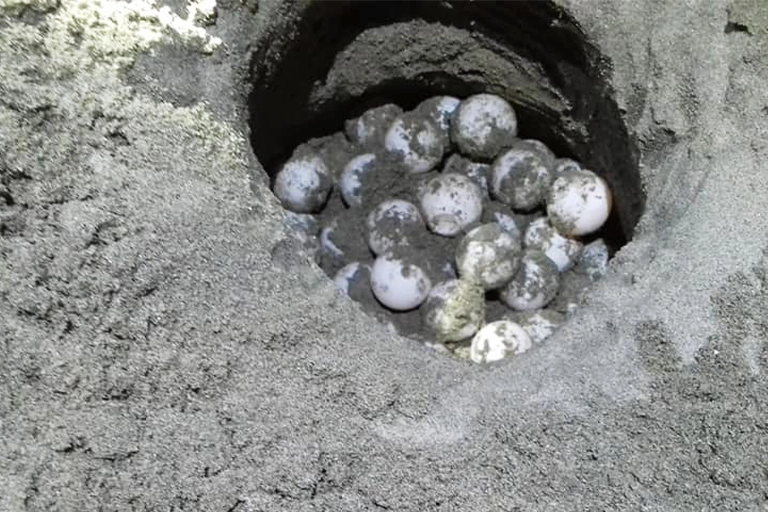

Nesting grounds have also been set up on beaches to make it easier for the female turtles to haul themselves ashore and lay their eggs safely, said Sarwar Alam, divisional forest officer for the Cox’s Bazar region.
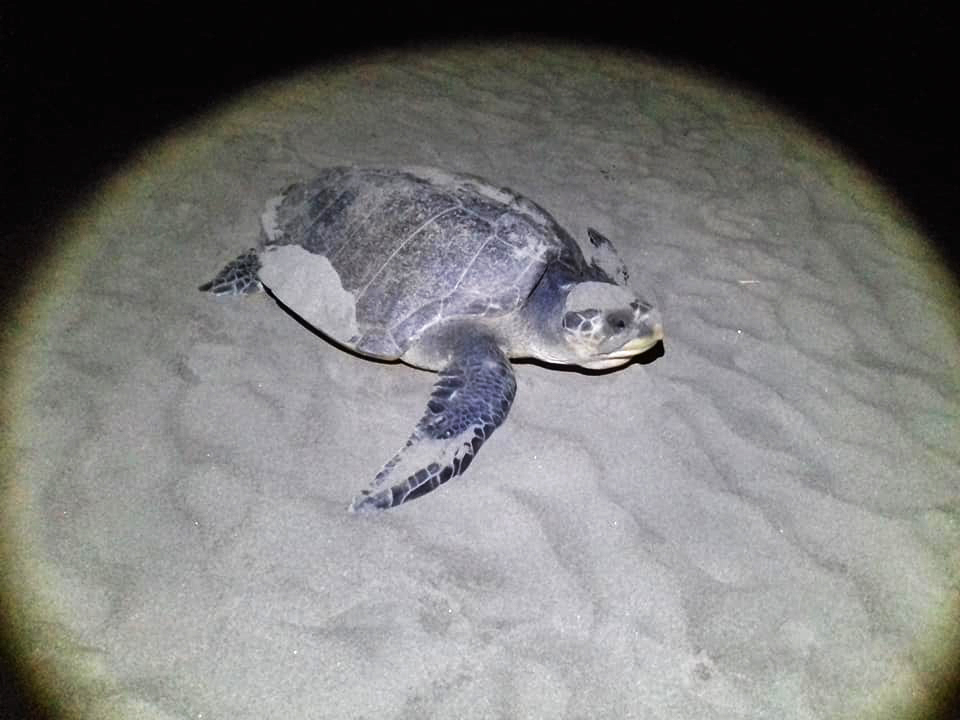
Part of the conservation work is increasing public awareness of the sea turtles and their need for beach space to lay their eggs. Forest officer Sarwar Alam says “There is no alternative for public awareness to prevent disruption of sea turtle breeding. Besides, everyone should come forward to control the movement of people in the breeding spots and protect them from dogs and foxes.”
The conservation work of the government, NGOs (non-governmental organizations), and the local people is getting positive results for olive ridley turtles.
A survey by the NGO Nature Conservation Management (NACOM) found 7,528 eggs at 58 spots on three different islands — Pachar, Shilkali and Shahpari — off the coastal district of Cox’s Bazar. That’s a 30% increase from the 5,763 eggs found in 54 spots in 2022, which in turn was a 22% increase from the 4,713 eggs recorded in 2021.
You may also like these stories
Meet the 7 living species of sea turtles
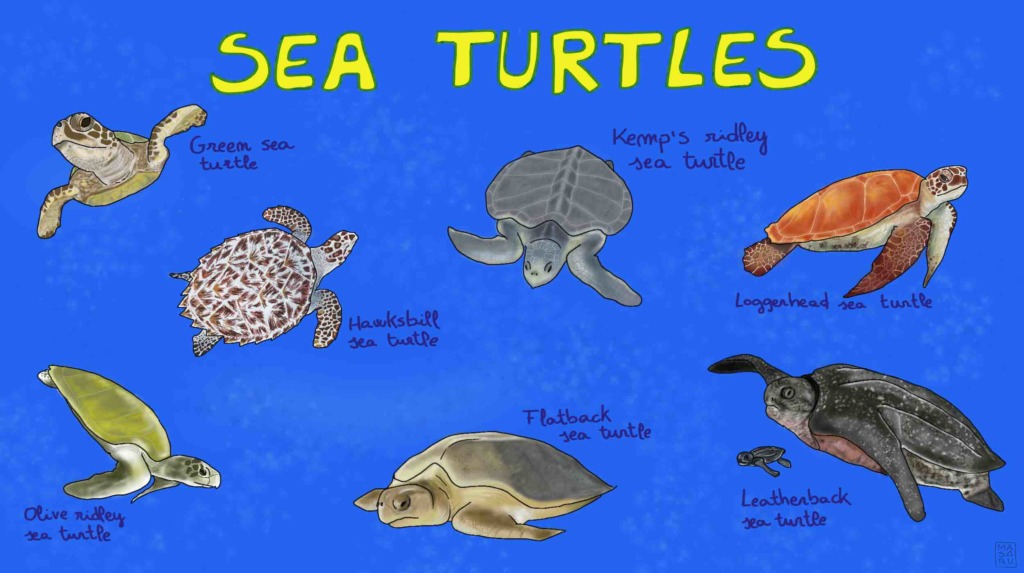
Dugongs and turtles help seagrasses grow, and this is important
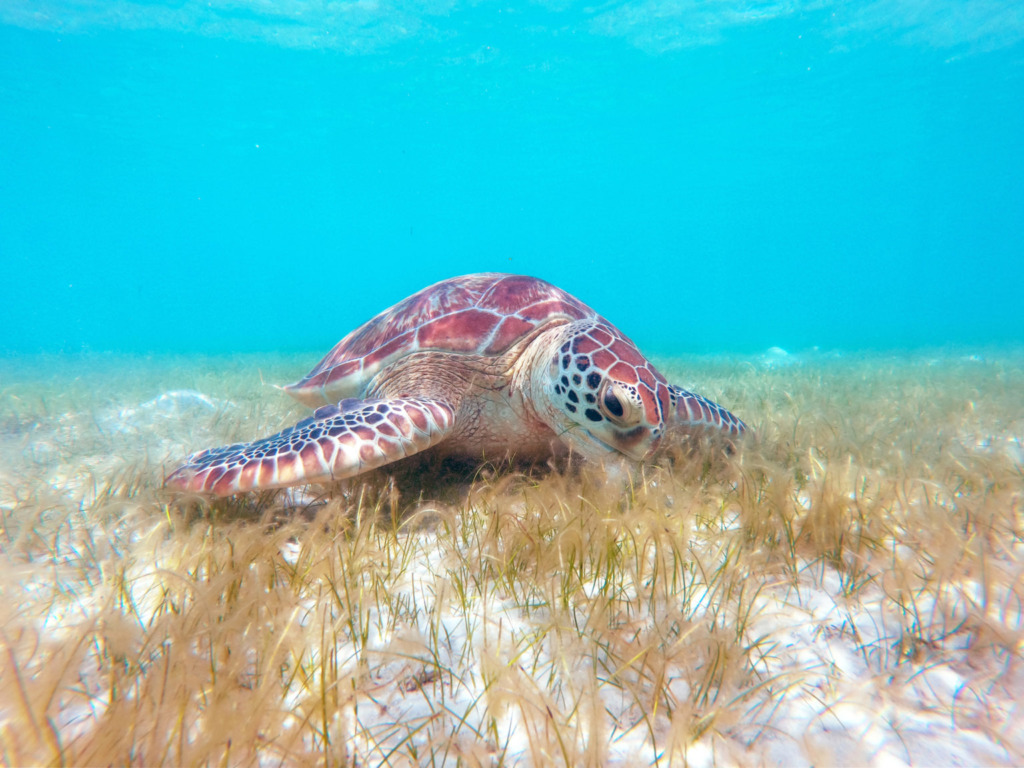
This turtle identification project is totally cool!
